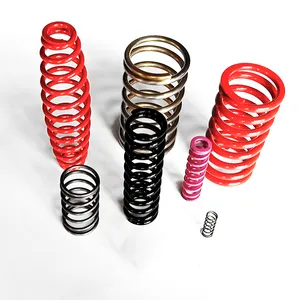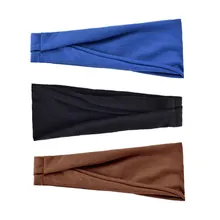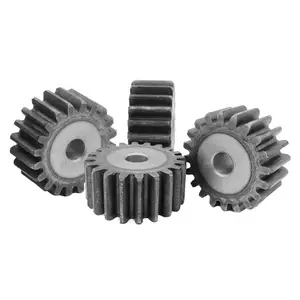Exploring the Versatility of Steel Bicycle Cranks
Within the cycling community, the steel bicycle crank stands as a pivotal component, essential for transforming leg power into motion. This crucial part of a bicycle's drivetrain comes in various configurations, catering to different cycling disciplines and preferences. The steel bicycle crank is designed to withstand the rigors of pedaling, offering durability and reliability to riders.
Types and Compatibility
Bicycle cranks made of steel are found in an array of types, including options with alloy crank steel chainrings 36 22t, which are particularly favored for their balance of strength and weight. Compatibility is key, and these cranks are available for mountain bikes, road bikes, and children's bikes, ensuring a fit for every cyclist's needs. Material choices often extend to include alloy and aluminum, with steel variants offering a robust option for those valuing longevity.
Material Insights and Advantages
The materials used in manufacturing cranks are critical to their performance. While some may opt for aluminum or carbon steel for a lighter touch, stainless steel cranks provide unmatched resistance to corrosion and wear. The advantage of using a steel bicycle crank lies in its resilience, capable of enduring challenging terrains and weather conditions without compromising performance.
Design Features
Design intricacies of steel cranks include varying arm lengths and chainring combinations, such as the popular alloy crank steel chainrings 36 22t setup, which offers a wide range of gearing options for cyclists. The teeth count on chainrings can significantly affect the bike's gearing, with higher counts leading to faster speeds and lower counts favoring climbing efficiency.
Applications Across Cycling Disciplines
The application of steel bicycle cranks spans across various cycling disciplines. From the steep inclines faced by mountain bikers to the speed-centric demands of road cycling, the adaptability of the steel bicycle crank is evident. Even in the realm of children's bikes, these cranks are engineered to provide a stable and manageable ride for young enthusiasts.
Choosing the Right Steel Bicycle Crank
Selecting the right crank involves considering the bike type, the desired chainring configuration, and the material's properties. For instance, a steel bicycle crank with alloy crank steel chainrings 36 22t might be ideal for a versatile mountain bike setup. Cyclists should assess their riding style and requirements when choosing a crank to ensure optimal compatibility and performance.










































 浙公网安备 33010002000092号
浙公网安备 33010002000092号 浙B2-20120091-4
浙B2-20120091-4